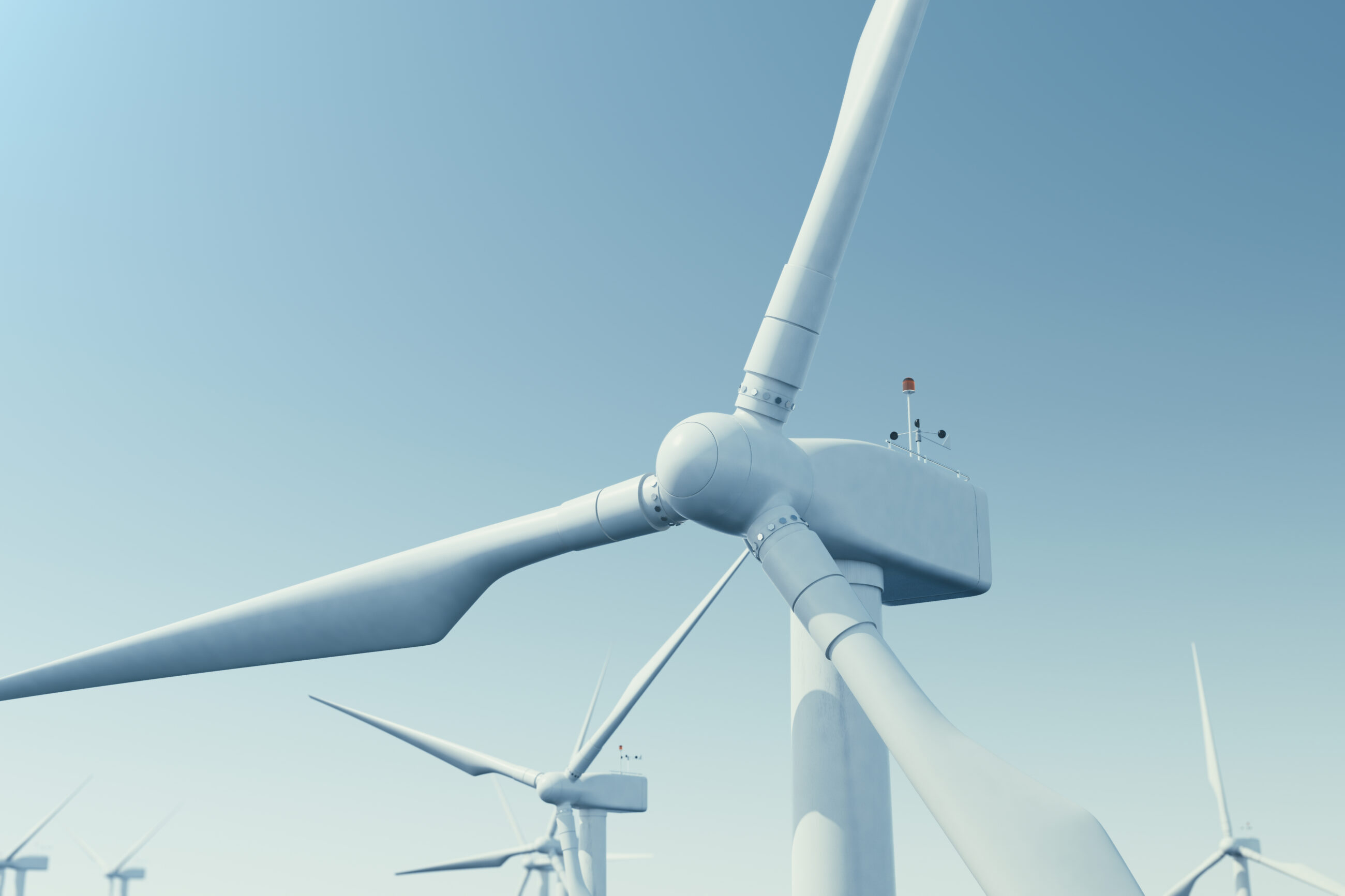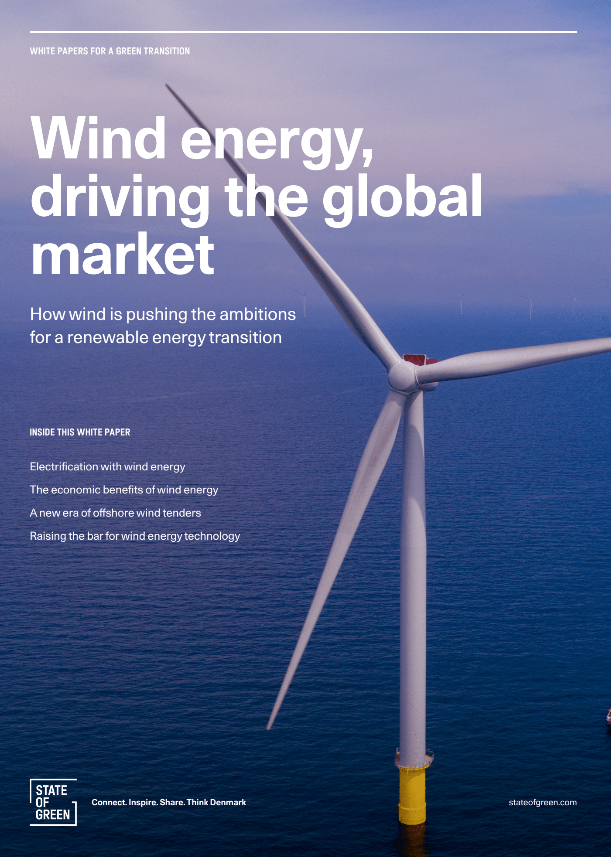Download our publication on wind energy today
This article is part of our publication ‘Wind energy’.
Download nowPerspective
Wind energy


Denmark has been installing wind turbines onshore since the 1970s and parallel to this, the Danish authorities have stored vast amounts of data on citizens’ health as well as accurate data on the location and make of all wind turbines erected over the years. Even though no prior connection between human health and exposure to noise from wind turbines had been identified, the Danish Health Authority ordered a large national health survey to be conducted from 2014 to 2019 to gain more knowledge on the area and thereby clear any doubts or concerns of potential health effects of wind turbine noise.
Over this five-year period, the Danish Cancer Society studied the potential association between exposure to noise from wind turbines and the risk of diabetes, cardiovascular events, adverse birth outcome, redemption of antihypertensive medication, myocardial infarction, stroke, and redemption of sleep medication and antidepressants.
The Danish Health Authority, which is the highest medical authority in Denmark, concluded that the six medical research articles produced in the study found no conclusive evidence of an association between exposure to wind turbine noise and negative health effects. Therefore, the Danish authorities found no reason to change the legislation.
The study design was cohort, following all Danish citizens in the age group between 25 and 84 years living within a radius of 6 km from a wind turbine for a minimum of one year between 1980-2013. In total, 553,000 households were included in the study which also contained weather and noise data from 7,500 turbines.
Since the study was conducted, the technology development of wind turbines has advanced further, marking improvements to noise levels, too. Today’s modern wind turbines have noise insulated nacelles, and the turbines’ components are designed to limit noise dispersion throughout the entire construction.
Both gears and generators are now mounted in a way that reduces the noise level as much as possible, rendering mainly the swishing sound from the rotating blades. While a typical 100 kW wind turbine from the 1980s and a typical 500 kW turbine from the 1990s both emit around
100 dB, a modern onshore wind turbine can only emit a maximum of 44 dB when installed in an open landscape. In comparison, normal speech typically has a sound pressure of 60 dB, while a car passing by at a 10 meters distance emits around 75 dB.

This article is part of our publication ‘Wind energy’.
Download now